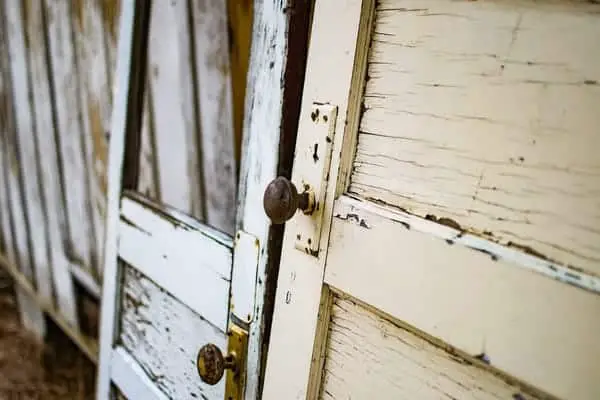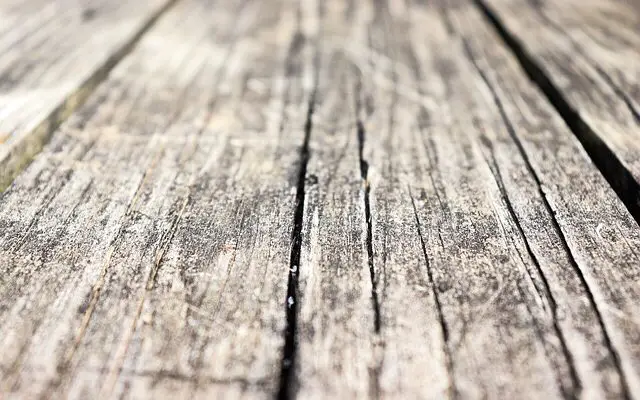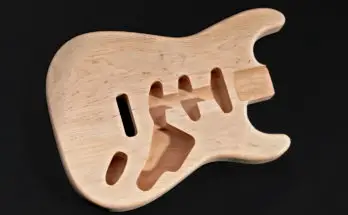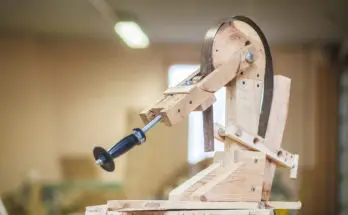Reclaimed, salvaged, repurposed…whatever you call it, reusing wood has been a trend of the last several years. Everything from home furniture, flooring, and accent walls has been included in this design trend, and it seemed for a while that this style choice was here to stay. The use of reclaimed wood made it possible for builders to start with virtually no new lumber but still create beautiful, handcrafted woodwork.
However, design specialists, influencers, and interior decorators believe that reclaimed wood is on the way out. Those ‘in the know’ say that home design will move in new directions, but will still retain the essence of and idea behind reclaimed wood.
Pros and Cons of Reclaimed Wood
Everyone, everywhere, was using reclaimed wood or wood that appeared to be worn and weathered. In its true form, the use of this material made a lot of sense, but it was soon copycatted to the point of extinction.
There were plenty of good reasons why reclaimed wood became popular, but as with most other trends, this one came with its fair share of negatives as well. Let’s take a look at a few of both.
Advantages:
- Reclaimed wood can be a renewable resource. Not only does using reclaimed wood cut down on the need to harvest new trees, but it also reduces waste in landfills
- The wood is harder and more durable wood, usually because it was harvested from old growth, a practice that is generally frowned upon nowadays.
- Pieces made from reclaimed wood have loads of character. There’s almost always a story behind the wood, especially if the wood was harvested locally.
Disadvantages:
- Unless you know the source, you can’t be 100% sure that the wood you are getting is reclaimed.
- Chemicals used to treat lumber in the past may not be considered safe for your home anymore. You can have the wood tested, but this process is costly and time consuming.
- Reclaimed wood has to be thoroughly inspected for pests. Rotting wood can indicate organic substances, termites, and more – things you certainly don’t want to bring into your home.

As you can see, the pros and cons of reclaimed wood balance out pretty equally. If it is a look that you desire, then the disadvantages can be mitigated, but if you are only considering using reclaimed wood because it’s in style at the moment, there’s a strong possibility that the bad will outweigh the good in your situation.
The Verdict: Out of Style
The official call is that reclaimed wood will indeed go out of style throughout the coming seasons. It isn’t a classic choice like, say, crown molding. Instead, it has been a deliberate accent feature that produces a very specific look – by definition, a design trend. And, as we well know, even the most popular trends come to an end eventually.
Why reclaimed wood is on the way out:
- Farmhouse design doesn’t quite work in every home. That ‘very specific look’ we mentioned just now? It’s been labeled ‘farmhouse chic’ by some, and it can look a little out of place in certain homes, such as downtown loft apartments. Adding a touch of wood – reclaimed or otherwise – isn’t a bad idea in and of itself, but when you want to go all out with a rustic dining room table, reclaimed wood wall décor, and weathered hardwood floors, it makes a lot more sense to employ this design scheme in a home where it is historically and logistically relevant.
Designers suggest choosing furniture and accents that compliment your home’s overall style and your unique taste. This doesn’t come with a 100% guarantee, but it does increase the odds that you will be happier with your design choices for longer.
- Too many companies and individuals trying to capitalize on the trend, using fabricated wood to imitate reclaimed wood. Two main issues arose from this.
First, using reclaimed wood was initially about crafting one-of-a-kind pieces with character. When wood is engineered to recreate the look of reclaimed wood, the flaws and distinctive marks that add charm and personality to the real stuff gets marginalized in order to make the most money in the least amount of time and with minimal effort. With every piece of wood being mechanically distressed and packaged for resale, you lose a lot of that uniqueness due to productivity and efficiency.
Second, being environmentally conscious has driven the use of reclaimed wood over virgin wood. The idea of “green building” fizzled with the advent of imitation reclaimed wood, however. The entire purpose of reclaimed wood has been forgotten in the rush to supply builders, remodelers and homeowners with wood that only looks repurposed.
- On a much more specific note, the accent wall itself is a dying trend. For some, an accent wall gives the impression that there wasn’t enough material and/or money to finish the job. At the very least, it has become less desirable to have one feature wall, ignoring the others, and more popular to create a cozy, visually interesting room all the way around.
Savvy homeowners are opting instead for richly colored walls or subtle textures around the entire room over just one eye-catching wall. This trend is far more likely to stick around, since it opens the entire room up to have interesting features and multiple purposes.
The Good News
Not to worry, though, if you currently have reclaimed wood in your home. Don’t feel like you have to grab the hammer and start pulling nails right away!
 Bringing earthy elements indoors will always be neutral and classic, not trendy. This concept includes wood and metals, so it’s perfectly acceptable to keep a few reclaimed wood features in any given room, especially if the wood is sentimental or if you just really like the way it looks. After all, it’s your home, right?
Bringing earthy elements indoors will always be neutral and classic, not trendy. This concept includes wood and metals, so it’s perfectly acceptable to keep a few reclaimed wood features in any given room, especially if the wood is sentimental or if you just really like the way it looks. After all, it’s your home, right?
The fact that reclaimed wood is good for the environment can’t be ignored, and we personally don’t see concern for the environment ever going out of style. Therefore, it’s entirely likely that you will see designers and amateur interior designers using reclaimed wood as accents or even as a feature piece whenever it fits stylistically.
There are always going to be new and interesting ways to incorporate your favorite accents in your home, including salvaged wood. If you have wood that you want to incorporate in your home for historical or sentimental reasons, you can definitely find a way to do just that!
How to Do Reclaimed Wood Right
If you absolutely love the look of reclaimed wood, you’re in luck! We see a trend coming that values antiques and authentic pieces mixed into classic and modern designs. From furniture to wall and window treatments, designers will be incorporating period pieces and items even in contemporary homes. In the future, it will be far more stylish to shop for pieces that are antique or directly inspired by them. Therefore, antique pieces and items made from authentic salvaged wood will remain stylish.
You may also notice more polished applications of old wood. Reclaimed lumber is being put back through the mill to be refinished before reuse, typically for wood flooring. This still promotes the use of reclaimed wood and reduces the demand for virgin wood, but it gives a more refined look to modern and traditional spaces. Homeowners can enjoy all the benefits of reclaimed wood that we discussed earlier, but still be rewarded with a finished product that looks brand new.
A Final Word about Interior Design
Ultimately, you don’t have to listen to what experts say when decorating your home. You’ll never go wrong by choosing design concepts that are beautiful to you and ones that have meaning. That said, if you love reclaimed wood, incorporate it into your home’s interior design, and you won’t be sorry!
Art, paint colors, and home accents that catch your eye immediately are always good choices. Mementos from trips and special events, comfortable, inviting furniture, and accents that have special meaning should always be included in your unique home design. Features that create a distinctive style within the home are much preferred over cookie cutter homes that can appear lifeless and generic.
There’s one thing you can bet on: a trend will definitely go out of style. That’s why we recommend, now more than ever before, that homeowners avoid following trends in home decorating, especially if those things don’t mesh with their existing décor or personal style




